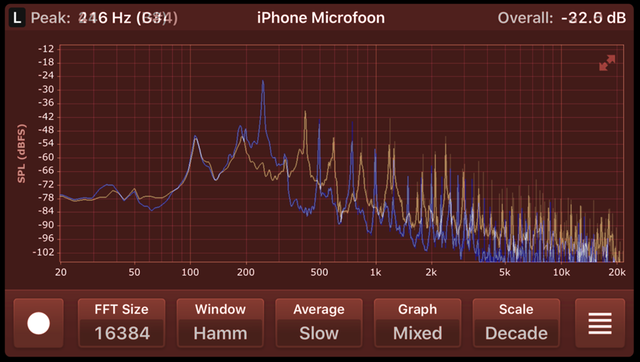OK, I tried it and I failed...

I don't hear the B. In order to check if I was tone deaf, I recorded the spectrum of both. In the graph below the green(ish) curve is the G#/D combination, and the blue curve is the B as you told me to play them.

You see the blue peak of the B at 246 Hz, but you also see that the green curve (G#/D combination) does not have a peak there. So no subharmonic is created. This can maybe be explained by the fact that if you do this experiment, you have to make sure you mute all strings that you don't pluck. Otherwise you could hear the resonance of another string.
Or maybe you mean 'beats'. Two frequencies played at the same time, say f1 and f2, will indeed create a tone of the
average frequency, which is modulated at the difference of the two frequencies. This causes beating, a rapid modulation of volume. So 100 Hz and 102 Hz, played simultaneously, will sound like a 101 Hz note beating at a frequency of 2 Hz (this is how they tune pianos - turn the knobs until the beat goes away).
So if you would have 300 Hz and 500 Hz together, you can say the result is a 400 Hz tone, modulated at 100 Hz. And that 100 Hz could then be perceived as a 'subharmonic'.
In practice, however, our ears and brains will perceive two distinct tones, without a modulation beat, as soon as the two frequencies are too far apart. You can try this out yourself on your guitar by tuning down the high E to a B, pluck both strings and tune the high E up and down a bit. You go from 12-string to honky tonk piano to two separate notes.